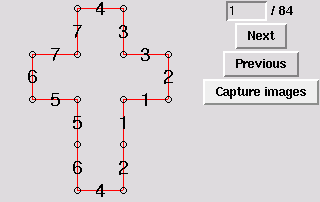
 [video]
[video]
In the video ``Metamorphosis of the Cube'' we show the five polyhedra that can be obtained by edge-to-edge gluings of the Latin cross (where the edge of length 2 is viewed as two edges of length 1). This was originally mentioned in the paper ``When Does a Polygon Fold to a Polytope?'' by Anna Lubiw and Joseph O'Rourke, and the crease patterns are shown on David Eppstein's Geometry Junkyard.
It is even more surprising how much more is possible with non-edge-to-edge gluings. Koichi Hirata wrote an excellent program to compute all the possible gluings of a given polygon into convex polyhedra. The results are shown graphically below. This list was independently verified by a program written by Anna Lubiw. We have tried all of these gluings by hand, and determined the (unique) crease patterns that permit folding into convex polyhedra. These are also shown below.
The following gluings and foldings are in no particular order. In each case, the gluing is shown (equal numbers are glued together), and the crease pattern is shown if it is "unique." Crease patterns can be clicked on to obtain printable PostScript.
All gluings except the cube come in symmetric pairs, because the Latin cross has reflectional symmetry. Thus, some gluings are simply marked ``Gluing symmetric to n'' This means that the gluing and the crease pattern can be obtained simply by reflecting those for n. In each case, we also give a brief description of the resulting polytope. When it is the same as a previous polytope, or the mirror reflection of a previous polytope, this is noted. (This characterization is all done by hand, but we have double-checked that it is correct.) The result is 21 distinct polytopes that can be folded from the Latin cross.
1. Cube [edge-to-edge]

 [video]
[video]
2. Hexahedron, two degree-4 vertices and four degree-3 vertices
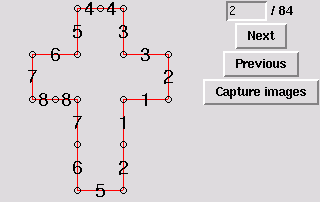

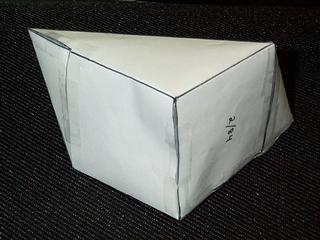
3. Reflectionally symmetric pentahedron, six degree-3 vertices
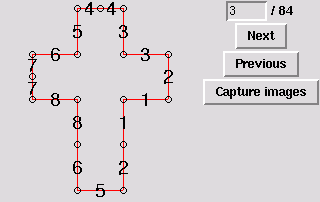

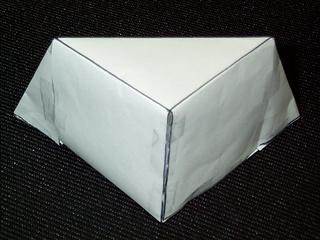
5. Octahedron [edge-to-edge]
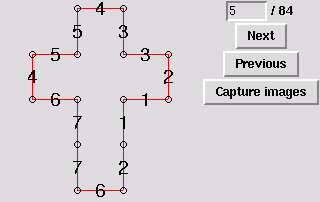
 [video]
[video]
11. Hexahedron, three degree-4 vertices and two degree-3 vertices
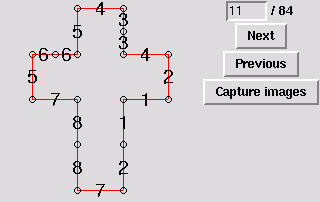

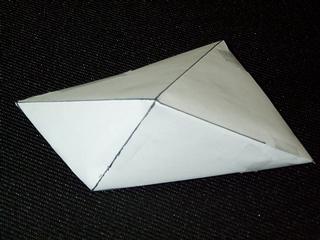
12. Reflectionally symmetric pentahedron [edge-to-edge]

 [video]
[video]
13. Same polytope as 12 [edge-to-edge]
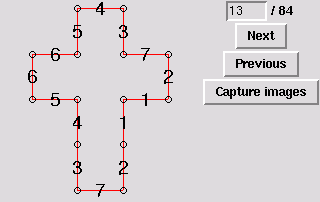

15. Mirror polytope of 5 [edge-to-edge]
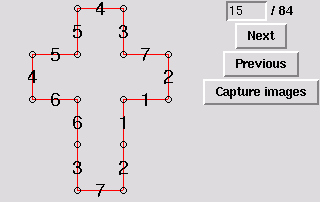

16. Gluing symmetric to 9
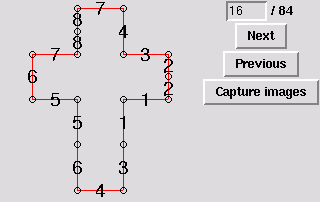
17. Gluing symmetric to 3
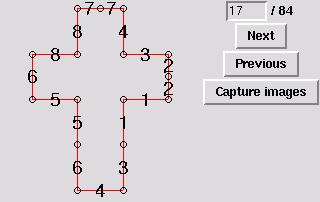
18. Hexahedron, three degree-4 vertices and two degree-3 vertices
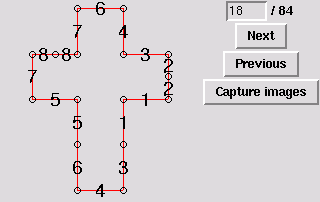


20. Pyramid with quadrangular base
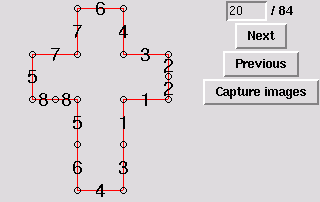

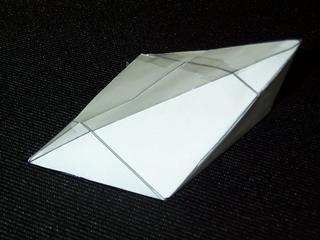
23. Gluing symmetric to 7
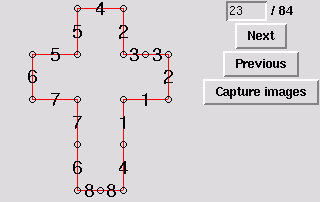
24. Hexahedron, three degree-4 vertices and two degree-3 vertices
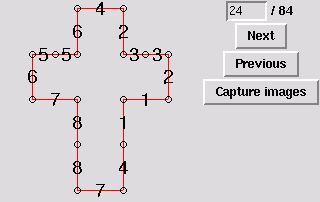

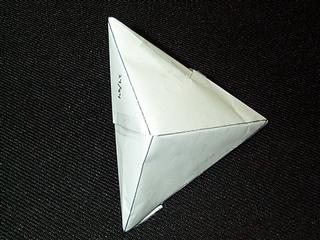
26. Gluing symmetric to 18
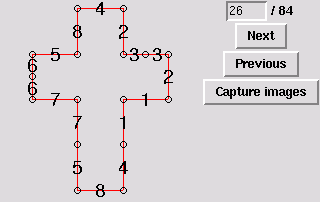
27. Gluing symmetric to 15 [edge-to-edge]
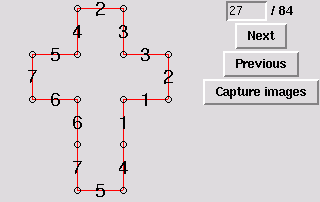
29. Same polytope as 34 [edge-to-edge]
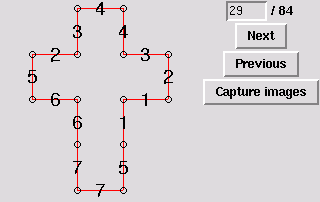

30. Doubly covered quadrangle [edge-to-edge]
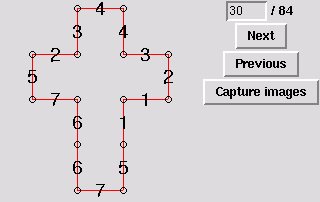
 [video]
[video]
31. Octahedron, two degree-5 vertices, two degree-4 vertices, and two degree-3 vertices
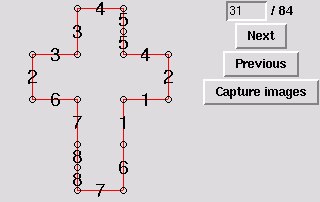

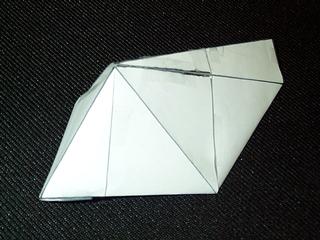
32. Octahedron, two degree-5 vertices, two degree-4 vertices, and two degree-3 vertices
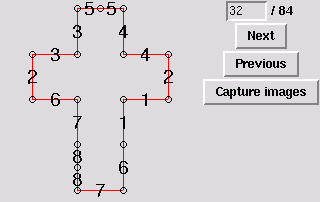


34. Tetrahedron [edge-to-edge]

 [video]
[video]
35. Gluing symmetric to 29 [edge-to-edge]
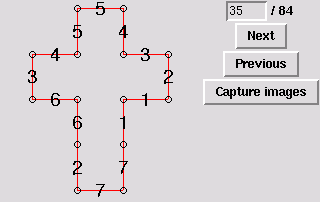
36. Gluing symmetric to 10
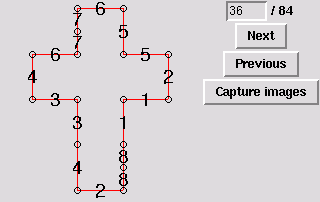
37. Gluing symmetric to 4

38. Gluing symmetric to 21

40. Gluing symmetric to 8

41. Gluing symmetric to 2
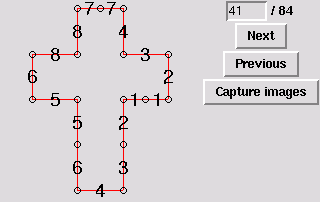
42. Gluing symmetric to 25

43. Reflectionally symmetric tetrahedron
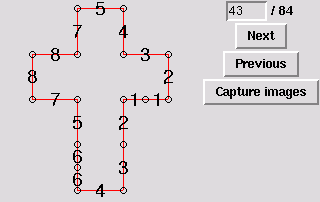

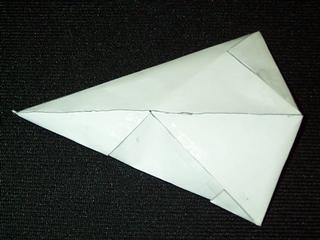
45. Gluing symmetric to 39
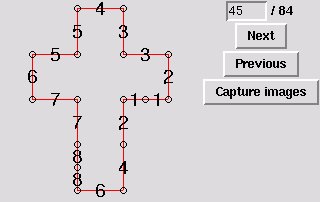
47. Gluing symmetric to 6

49. Gluing symmetric to 44
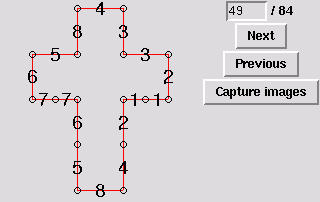
50. Gluing symmetric to 20
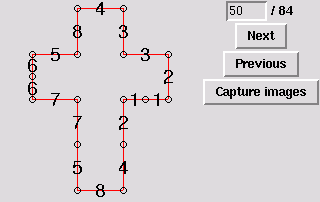
51. Gluing symmetric to 14
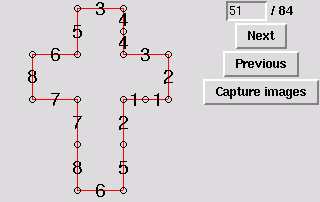
52. Tetrahedron ("almost tetrapack")
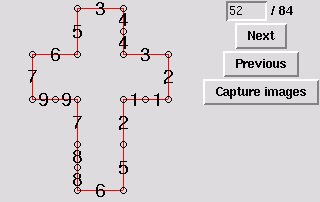

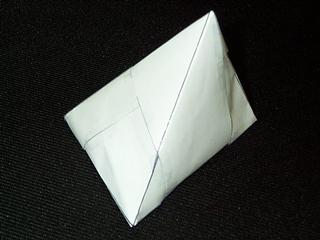
55. Gluing symmetric to 52
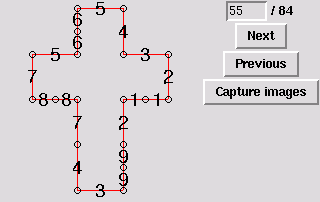
56. Gluing symmetric to 28
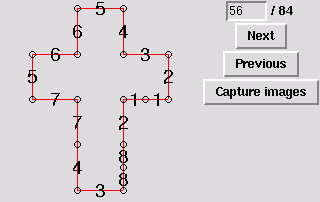
57. Gluing symmetric to 13 [edge-to-edge]
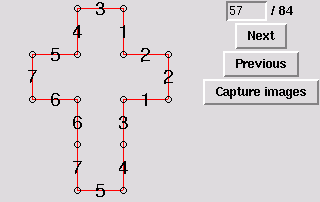
58. Gluing symmetric to 54
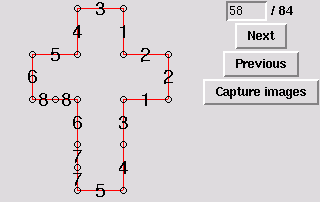
59. Gluing symmetric to 34 [edge-to-edge]
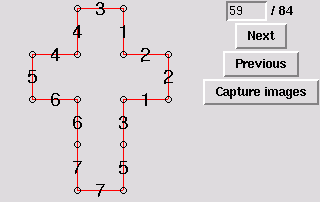
60. Same polytope as 30 [edge-to-edge]
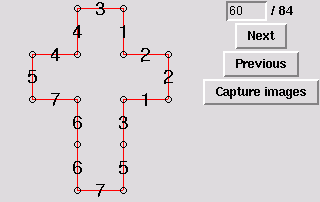

62. Gluing symmetric to 43
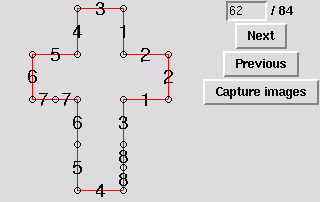
63. Gluing symmetric to 19
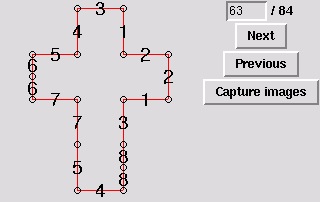
64. Hexahedron, four degree-4 vertices and two degree-2 vertices


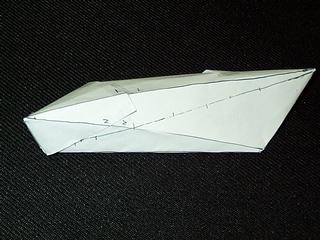
65. Hexahedron, three degree-4 vertices and two degree-3 vertices
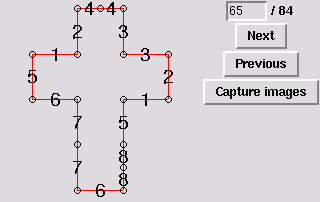

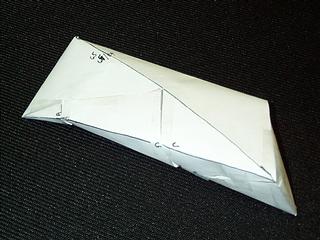
67. Rotationally symmetric tetrahedron
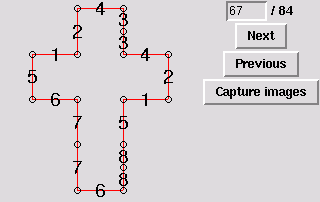

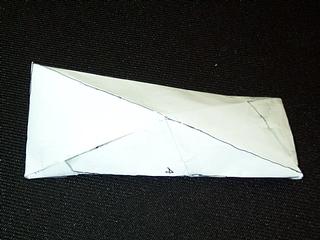
68. Gluing symmetric to 64
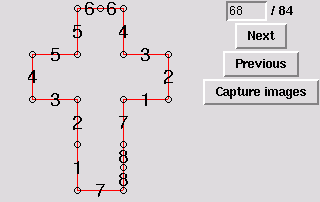
69. Gluing symmetric to 66
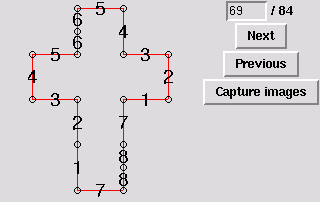
70. Gluing symmetric to 61
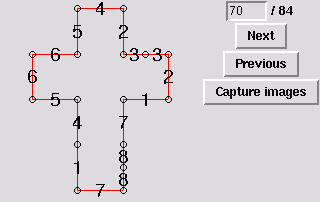
71. Gluing symmetric to 53
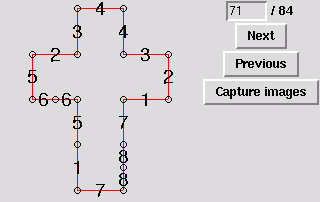
72. Gluing symmetric to 33

73. Gluing symmetric to 32
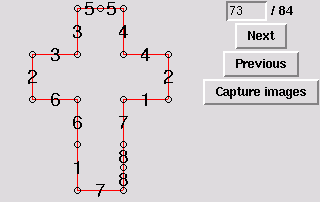
74. Gluing symmetric to 31

75. Gluing symmetric to 12 [edge-to-edge]
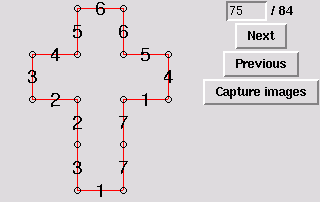
76. Gluing symmetric to 11
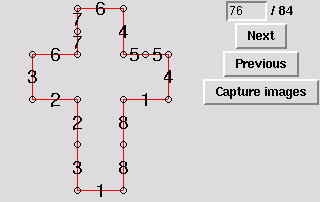
77. Gluing symmetric to 5 [edge-to-edge]
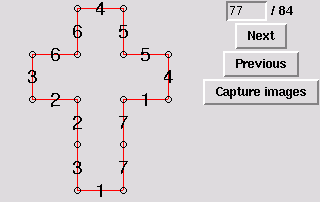
78. Gluing symmetric to 30 [edge-to-edge]
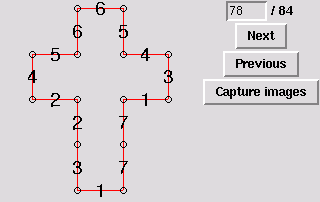
79. Gluing symmetric to 24

80. Gluing symmetric to 22

81. Gluing symmetric to 65
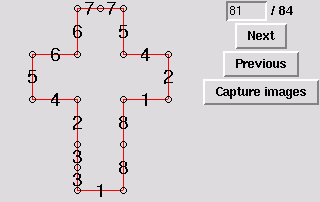
82. Gluing symmetric to 67

83. Gluing symmetric to 60 [edge-to-edge]

84. Gluing symmetric to 48
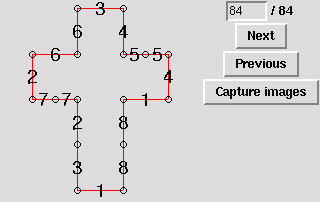
85. Gluing symmetric to 46
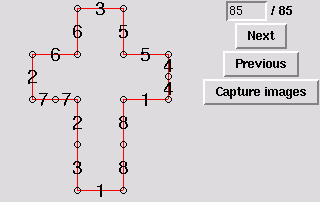
[an error occurred while processing this directive]